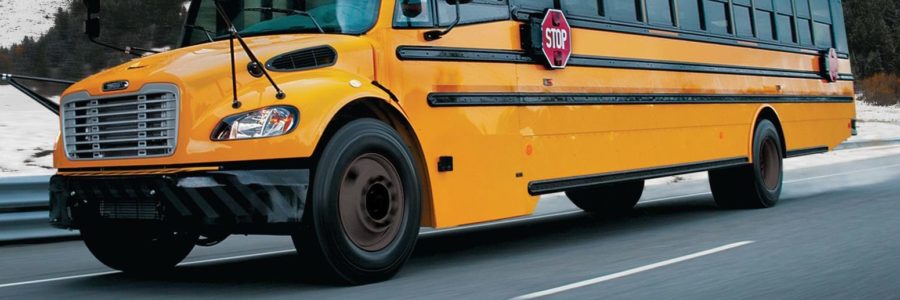
Many people don’t know much about school bus transportation safety, nor the fact that a bus is the safest way for their children to get to and from school every day. Traveling by car, bike or even on foot are significantly less safe than riding on the school bus.
In fact, NHTSA statistics show that 58% of annual student fatalities during normal school travel hours happen while the student is traveling with a teen driver, 23% with an adult driver and only 1% on a school bus.
Several state-of-the-art safety features allow school buses on the market today to deliver your child to and from their destination without incident, including:
Buses for special needs students and preschool children tend to be smaller than their full-sized counterparts. They often utilize car seats and specialized restraint systems. They have to be equipped with either lap belts or lap/shoulder belts on every designated seating position. Seat belts on these school buses are necessary because the bus is smaller and doesn’t have full compartmentalization.
NHTSA has established minimum safety requirements for school buses that are more stringent than those for other types of buses. It’s important for drivers to stay safe throughout every trip as well, and for parents to teach their children important safety tips to keep in mind each school year for an optimal riding experience. Contact Rohrer Bus or call us at 1-888-287-1538 to buy or rent cutting-edge buses with high-quality safety features.